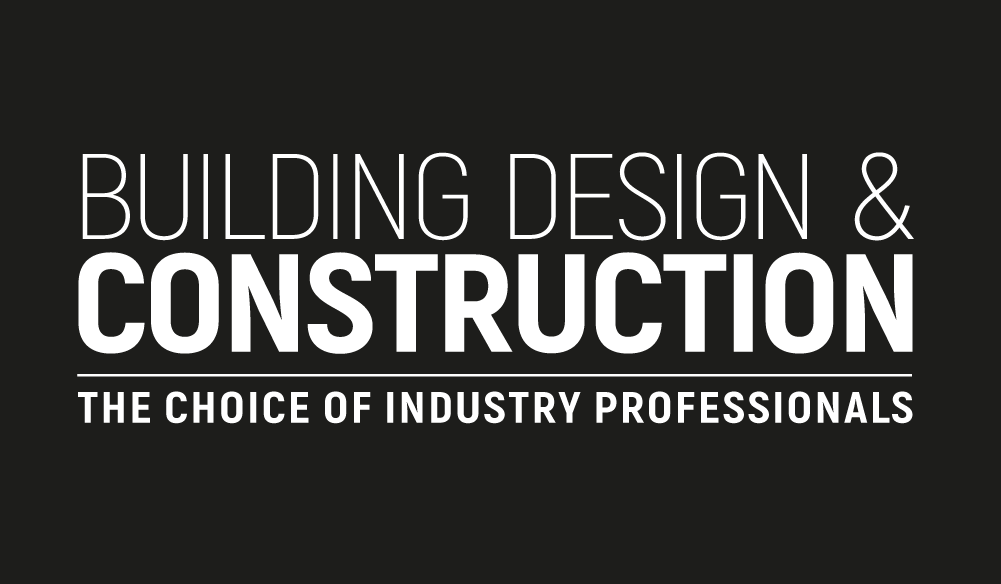In the globalized world of construction, language shouldn’t be a barrier to getting projects done effectively. For construction firms working with international clients, diverse teams, or multilingual communities, live chat translation isn’t just helpful – it’s essential. Keep on reading to find out why having a live chat translation feature is very important for construction companies like yours. Bridge Communication Gaps Instantly Construction projects involve various stakeholders: engineers, architects, clients, and on-site teams, often from different cultural and linguistic backgrounds. When language barriers exist, communication gaps are inevitable, which can lead to errors, misunderstandings, and delays. Live chat translation, like Salesforce Translate and many more, ensures that everyone, regardless of language, can communicate seamlessly. It’s a tool that turns potential confusion into clarity by instantly translating messages. This means team members and clients get real-time responses in their preferred language, keeping projects on track without costly delays. Increase Client Satisfaction For clients, clear communication is crucial. They want updates, reassurance, and the ability to ask questions without facing a language barrier. If a client can’t understand what’s happening with their project, their trust in your firm may falter. With live chat translation, you’re giving clients the confidence they need by allowing them to communicate directly with project managers or support teams in real time. Clients feel valued when you speak their language, making them more likely to choose your firm for future projects and recommend you to others. Boost Team Collaboration Construction is a collaborative effort. Teams need to share ideas, updates, and feedback constantly. When different languages are involved, communication can quickly break down, leading to frustration and inefficiency. Live chat translation enables seamless communication across your team, no matter where they’re located or what language they speak. With this tool, engineers in Germany can easily communicate with on-site managers in South America, and designers in Japan can collaborate smoothly with project leads in North America. By breaking down language barriers, you’re fostering a more cohesive, productive team. Reduce Costly Mistakes Construction projects thrive on precision, and even small misunderstandings can lead to significant errors and financial losses. A simple miscommunication about measurements, materials, or timelines could disrupt the entire project. Using live chat translation minimizes the risk of costly errors. When all team members fully understand the details, there’s less room for misinterpretation. It’s a small investment that can save you from expensive rework, fines, or, in worst cases, legal issues. With accurate, real-time translations, everyone is on the same page. Enhance Project Efficiency In construction, time is money. Delays can lead to penalties, increased labor costs, and client dissatisfaction. When language barriers cause delays, your firm’s reputation – and budget – can take a hit. Live chat translation allows quick, clear communication that keeps projects moving. Team members can ask questions, clarify details, and solve issues faster. With reduced back-and-forth, projects stay on schedule, and you can avoid unnecessary delays. Efficiency becomes your firm’s competitive edge. Stay Competitive In A Global Market The construction industry is becoming increasingly global, with firms bidding on projects across borders. Having multilingual communication capabilities isn’t just beneficial – it’s a competitive necessity. By offering live chat translation, you’re setting your firm apart as an inclusive, adaptable company that’s ready for global challenges. Prospective clients and partners are more likely to choose a firm that can communicate effectively, regardless of language barriers. Showcasing this capability signals that your firm is prepared to work in diverse, international environments, increasing your chances of landing large-scale, global projects. Support Multicultural Work Environments Construction sites are often staffed with people from diverse backgrounds, each bringing unique skills and perspectives. But diversity can also bring language challenges, leading to miscommunication and friction. When team members can’t communicate effectively, it can impact safety, efficiency, and morale on-site. Live chat translation promotes an inclusive environment by making communication easy for everyone. When workers feel understood and valued, they’re more motivated and productive. This tool fosters a respectful, cooperative workplace, ensuring your multicultural team works harmoniously toward shared goals. Facilitate Quick Decision-Making Construction projects are dynamic, with issues that require immediate solutions. If a decision needs to be made quickly, language should never be a hurdle. Without translation, waiting for an interpreter or risking miscommunication can slow the entire process. Live chat translation allows instant communication, enabling swift decision-making. Teams can address issues in real time without delays caused by language misunderstandings. Faster decision-making means projects stay on track, and your firm gains a reputation for agility and responsiveness. Final Thoughts In the world of construction, effective communication is the foundation of every successful project – and that’s achievable through live chat translation. Live chat translation keeps your team connected, clients satisfied, and projects running smoothly. It’s a small addition that delivers immense value to your operations as mentioned in the points above. Embrace this tool, and you’ll be setting up more than just building structures – you’ll be building a reputation for excellence and inclusivity.














